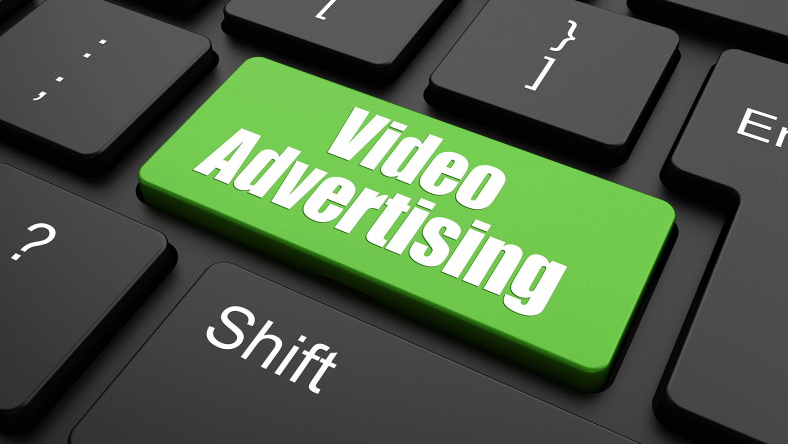When it comes to digital advertising, we often spend our time pouring over data in order to create planning, modeling, …
LinkedIn Introduces Video to Professional Profiles
You can now add video to professional profiles on LinkedIn, according to the LinkedIn Blog. With this new feature, you …
Tag! You’re It! Instagram adds new option.
Instagram is adding one of Facebook’s most popular features — photo tagging — to its iOS and Android apps Thursday. …
1st Web site brought back to life
A quick history lesson for readers. In 1989, British physicist Tim Berners-Lee invented what would be called the “World Wide …



